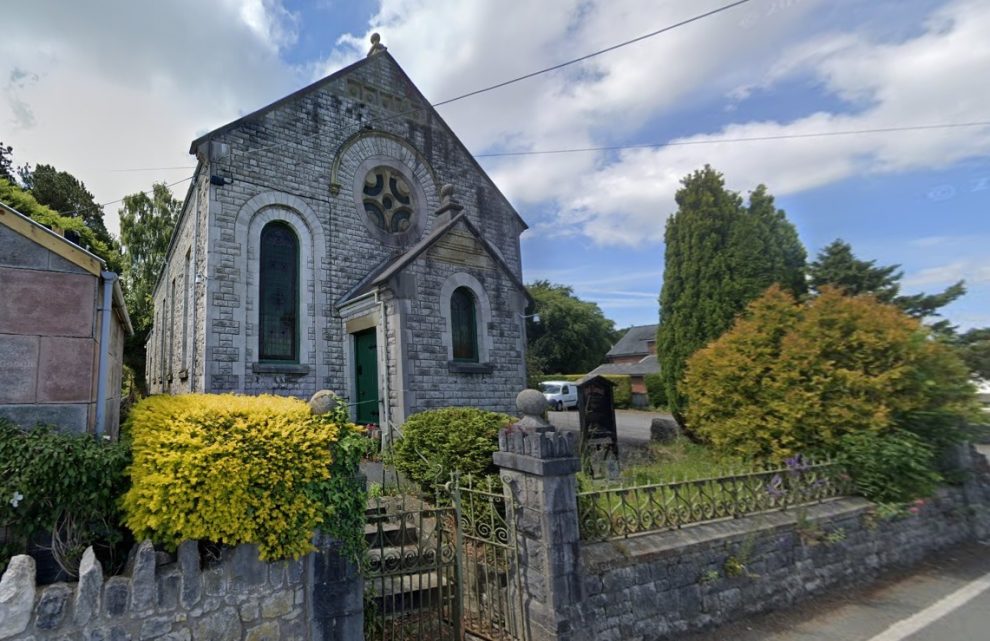PLANS to turn an empty chapel near Holywell into a four-bedroom house have been given the green light.
An application was submitted in September last year to convert the old Carmel Chapel in the village of Carmel.
The former Methodist chapel on Carmel Road has not been used since 2020 and was put on the market in 2022.
Proposals to transform it into a house have now been approved by officials from Flintshire Council.
In a report, planning officer Mark Harris said the conversion was acceptable in relation to the local authority’s policies.
He said: “The plans submitted as part of this application propose the conversion of the former chapel into a proposed four-bedroom dwelling.
“Vehicular access and parking to serve the development is proposed as currently exists on and from the west of the building.
“Whilst acknowledging that there is no longer a place of worship open in Carmel, there is a hall within Carmel, and alternative facilities in the neighbouring town of Holywell.
“Having regard to the above it is considered that there is a requirement to secure an alternative re-use of the building subject to the safeguarding of relevant development management considerations.”
Mr Harris added: “The principle of the re-use/conversion of the former chapel into residential accommodation is considered acceptable having regard to the planning policy framework referenced.
“There is no objection to the principle of development from a highway or ecological perspective, and it is considered that the application can be supported subject to the imposition of conditions.”
Carmel Chapel is located on the southern side of Mount Carmel, with the vacant building sitting between two houses.
The chapel was constructed out of stone and still features several large decorative stained-glass windows.
Approval was given for the proposals by Flintshire’s chief planning officer Andrew Farrow using delegated powers.

















